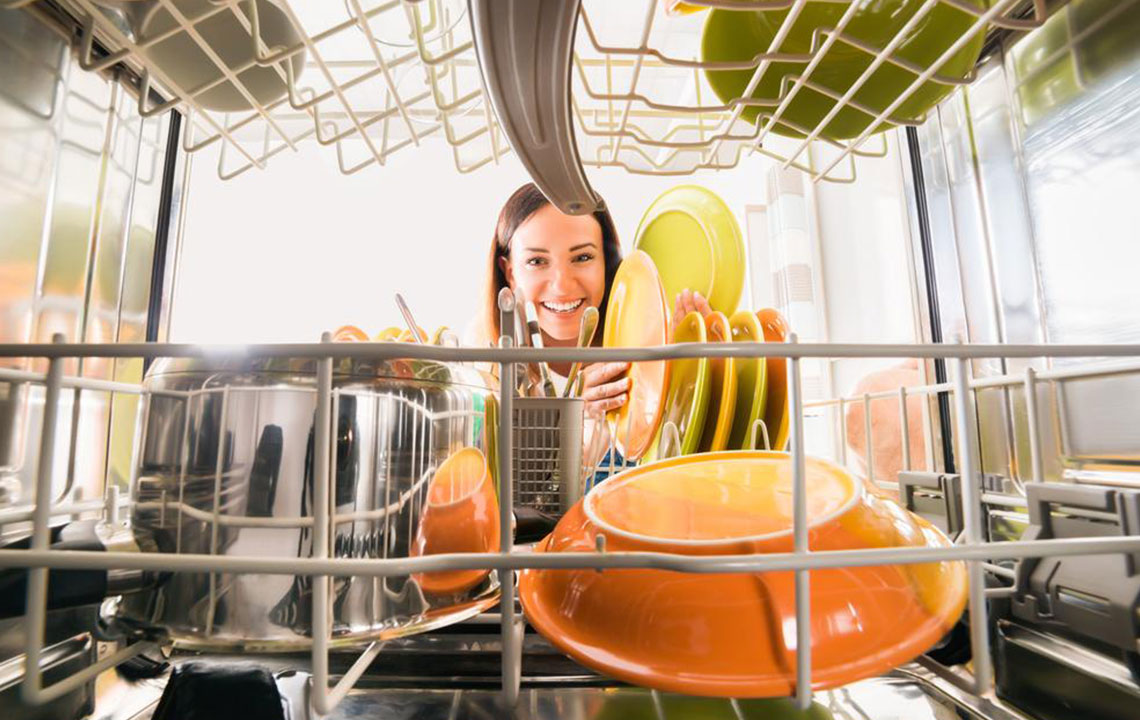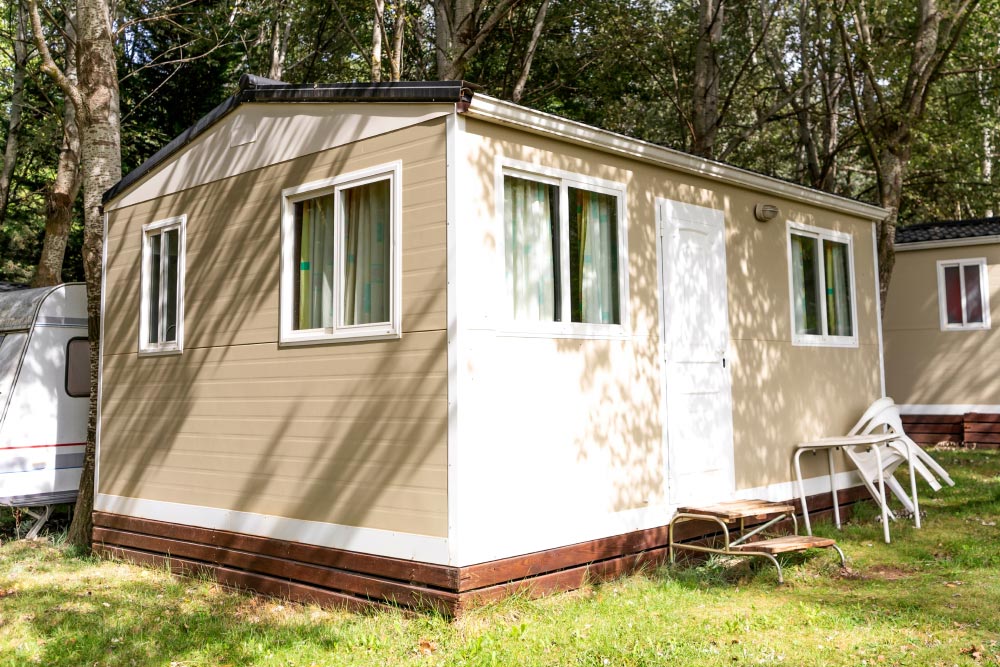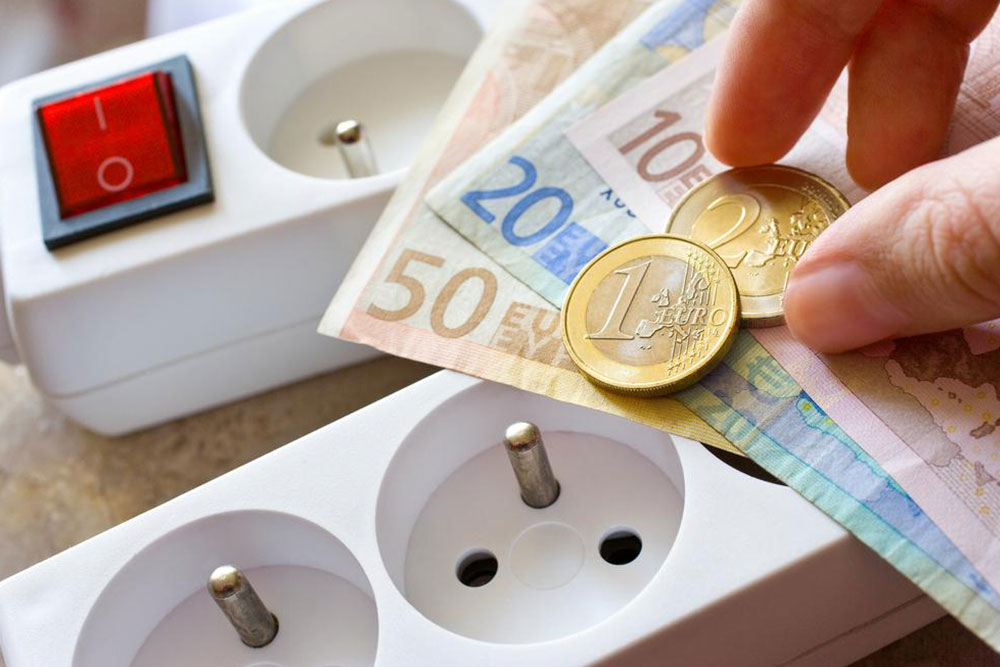Guide to Reducing Home Appliance Energy Use
Learn effective methods to monitor and reduce household appliance energy consumption. Discover practical tips like unplugging standby devices, upgrading to efficient appliances, and improving home insulation to achieve significant savings. These strategies promote energy efficiency and help lower your electricity bills while supporting sustainable living.

Understanding How Household Devices Consume Power
Home appliances operate at specific power levels, impacting your electricity bill. Knowing each device's energy use helps families manage expenses and save energy. Being informed about power requirements allows better control over energy costs and promotes efficient energy use.
Strategies to Assess and Minimize Power Consumption
Most appliances feature energy labels showing average consumption and running costs. Installing a home energy monitor provides accurate data on each device’s power use for smarter energy management.
Different household devices have unique energy needs. For example, an electric water heater uses about 380–500 kWh monthly, costing roughly $41–$55. A microwave consuming 0.12 kWh per 5-minute session costs approximately $0.01 each time. Coffee makers, with similar energy use, also cost around $0.01 per brew. Laptops typically use 0.02–0.05 kWh per hour, costing less than a penny per hour.
Steps to Save Energy at Home
Cut phantom power losses by unplugging devices on standby. Switch to energy-efficient LED lighting, insulate water tanks and piping, and upgrade outdated appliances. Newer models generally use less energy, leading to noticeable savings.
Simple Tips to Lower Electricity Bills
Turn off devices like TVs, stereos, and clocks when not in use. Keep air conditioning units clean for better airflow. Optimize food preparation to lessen fridge workload—avoid overloading freezers, and ensure fridge doors seal tightly. Small adjustments like these help reduce energy use significantly.
Creating Energy-Smart Homes
Good home insulation helps maintain comfortable temperatures and reduces energy needs in all seasons. Using passive solar strategies and energy-efficient appliances further cuts reliance on grid power, fostering eco-friendly, self-sufficient living environments.


